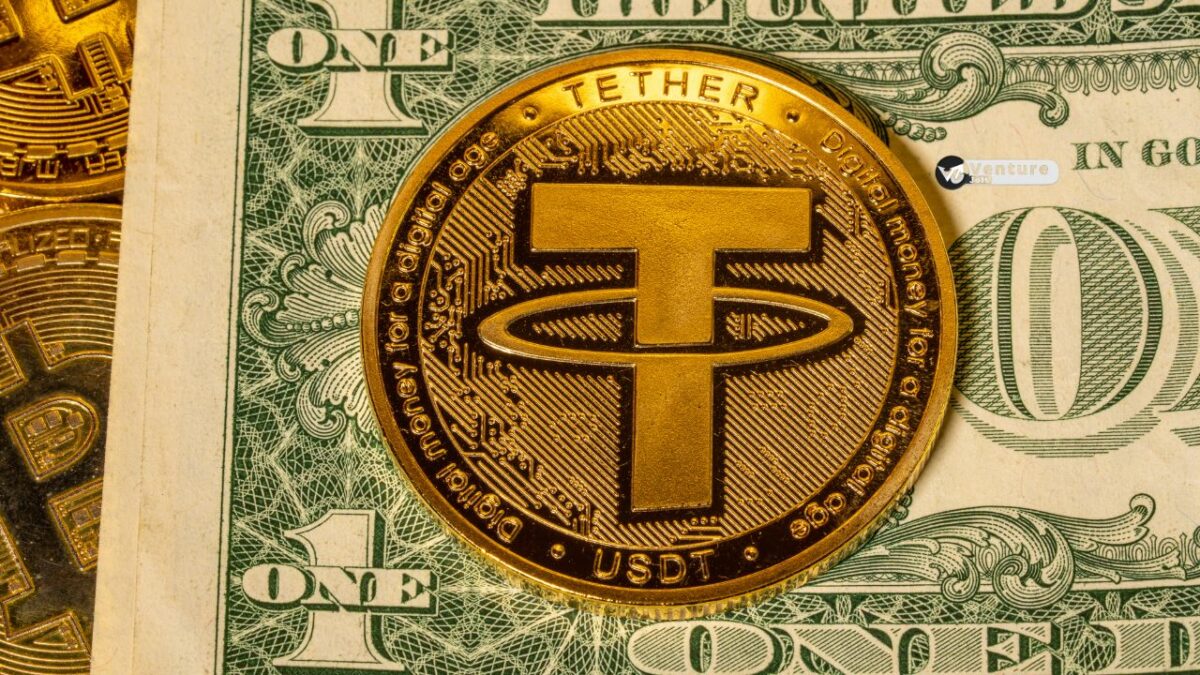The tokens USDT and BUSD belong to the group called stablecoins. Their value is closely related to the dollar: to be exact, in a 1:1 ratio. So, one USDT and one BUSD will be equal to 1 USD. Such coins are basically linking regular crypto and fiat money.
Almost any exchange out there trades USDT to BUSD and other similar coins. Previously these coins were hardly regulated and were on track towards decentralization.
However, these days, the SEC (U.S. Securities and Exchange Commission) has taken hold of BUSD with the demand to stop minting new coins. This caused questions about the future of the cryptocurrency. Enthusiasts are fretting about the possibility of Tether (USDT) becoming the next coin falling under the SEC’s regulations.
We suggest you look at their probable next moves to realize how promising or disappointing these crypto coins can be. We will also look at the ways the government would attempt to take over the stablecoins in the next few years.
Tether (USDT): How It Might Evolve Next
So, Tether is the largest stablecoin on the market. Even though its security and reliability (i.e., being backed up by dollar reserves one-to-one) have been questioned, Tether made mighty efforts to prove it is a transparent platform. For instance, it has made public attestations regarding its U.S. dollar reserves and has been audited by several accounting companies.
These are undoubtedly positive things that build up trust within the crypto community. At the current point, USDT will meet the requirements of the SEC. At the same time, some people aired concerns about the future since the next requests of the SEC are hard to predict.
The Future of Tether
Interestingly, there is no sense in guessing about the prices of stablecoins. USDT is always supposed to stay at the value of $1. In reality, the worth also fluctuates, but these changes are not radical. USDT varies in rates, nearly from $0.998 to $1.005.
Unless it experiences a crash, the rate will stay.
The Stablecoin Binance USD (BUSD) and What to Expect from It
Binance USDT has been with us since 2019. It was created first by the Paxos platform with the same goal – to minimize the risk of crypto volatility. Paxos is known to peg each BUSD with the relevant amount of dollars. Binance publishes a report about these fiat reserves each month to stick to its policy of safety and transparency.
Currently, BUSD can be found at nearly 40 exchanges. One of them is LetsExchange.io – where one can swap WAX to DUSK and over 4,000 other tokens online and buy coins using crypto or fiat currency, with over 80 currencies accepted.
BUSD is claimed to be at the low-risk level. Binance also enables automatic conversion of the token since it has multiple functions. Similarly to Tether, BUSD is most likely to remain at $1, not decreasing below this value.
Which Token Is a Better Choice: USDT or BUSD?
Comparing the two coins side by side is useful before purchasing. So, both are:
- Suitable to run on multiple blockchains
- Included in transactions with affordable fees
- Quick to exchange & purchase
- Utilize smart contracts
Among the differences, there are facts that BUSD charges no operation fees and isn’t mineable. New tokens are designed whenever Paxos receives a dollar to create a new crypto coin, so the total market cap depends on how many people offer their funds. As an ERC-20 token, Tether is a widely accepted payment method.
In its turn, Tether, issued by Bitfinex, is backed up by the loans Tether gave to other institutions. USDT has a broad spectrum of usages, but they are not equal to BUSDs. Here belong payments for services, goods, or swapping the token for other digital coins.
With this, both Tether and USDT may be great to consider buying. Users are still recommended to assess their risk tolerance and set specific objectives beforehand.
